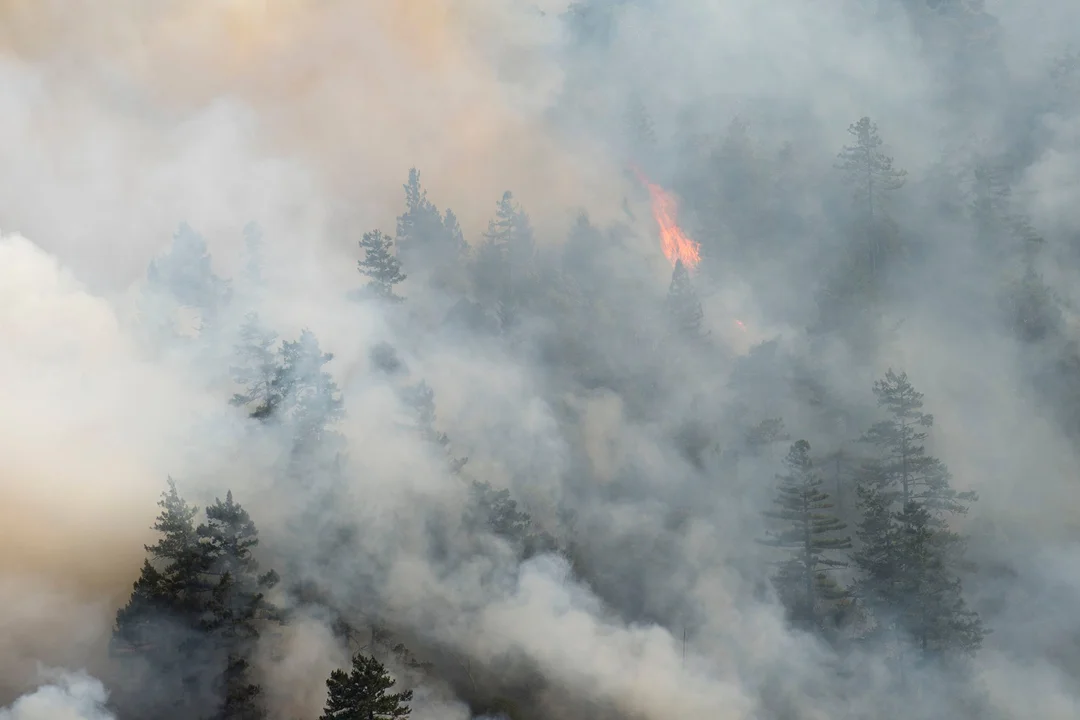
Headwaters and Wildfire: California’s Environmental Challenges
California's environmental landscape is facing significant challenges, as highlighted in a recent report by the Public Policy Institute of California (PPIC). The study, titled 'Headwaters and Wildfire in California,' delves into the critical issues surrounding the state's water resources and the increasing frequency and severity of wildfires.
The report emphasizes the vital role of headwaters, the source of rivers and streams, in maintaining the state's water supply. These headwater regions are essential for sustaining ecosystems, supporting agriculture, and providing drinking water to millions of Californians. However, these areas are increasingly threatened by climate change and human activities, which could lead to long-term water scarcity issues.
Wildfires, another focal point of the study, have become more destructive in recent years. The report notes that not only do wildfires pose immediate dangers to communities and infrastructure, but they also have long-lasting effects on water quality and availability. Burned landscapes can lead to increased erosion, which in turn can silt up reservoirs and degrade water quality downstream.
The PPIC's findings underscore the need for comprehensive strategies to manage these intertwined issues. Recommendations include enhancing forest management practices to reduce wildfire risk, investing in water infrastructure to better capture and store water from headwaters, and implementing policies that address the broader impacts of climate change on the state's environment.
As California grapples with these environmental challenges, the report serves as a crucial reminder of the urgency to act. It calls for a collaborative effort among policymakers, environmentalists, and communities to safeguard the state's natural resources for future generations.
